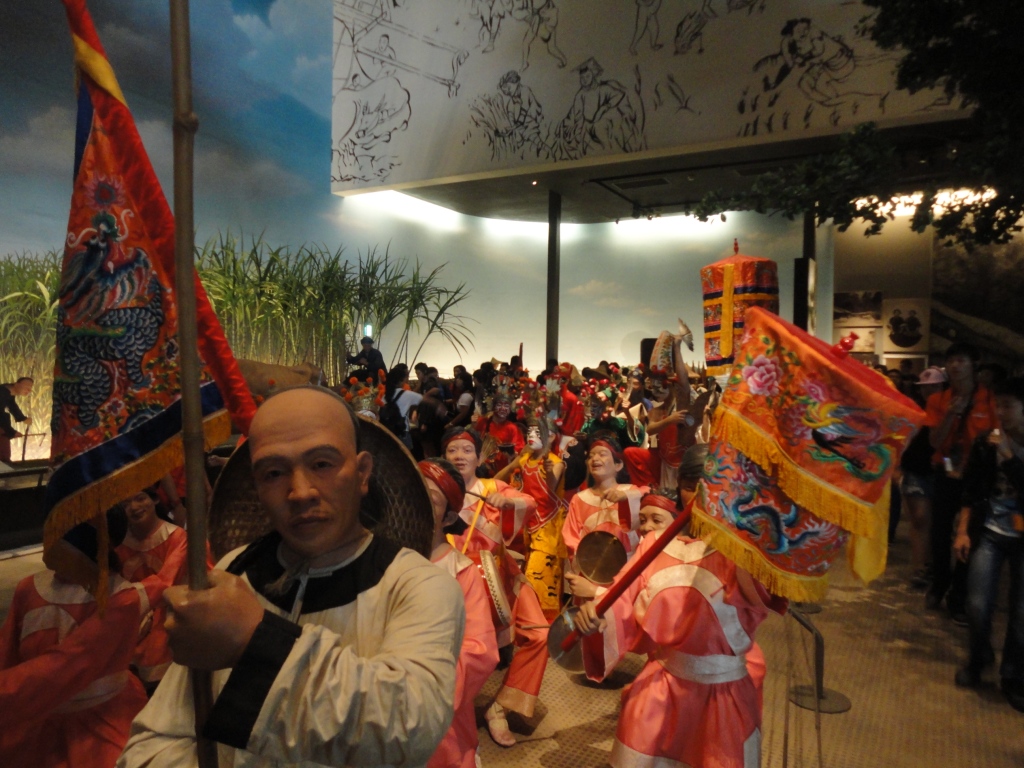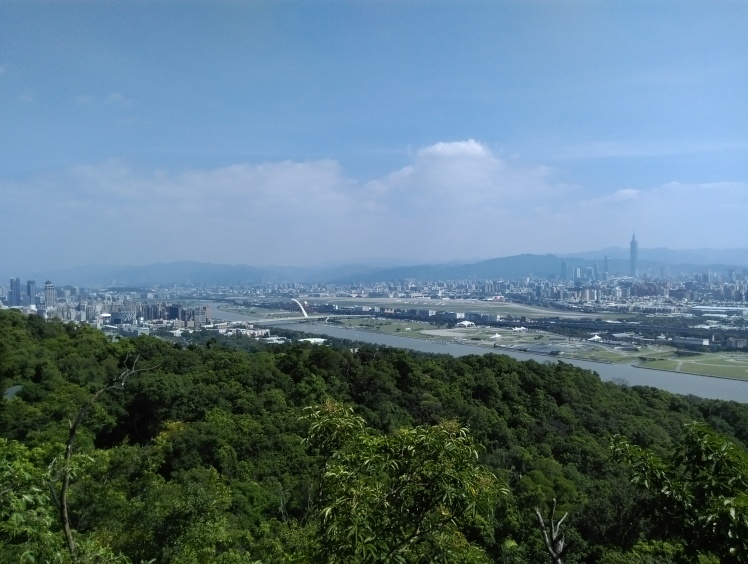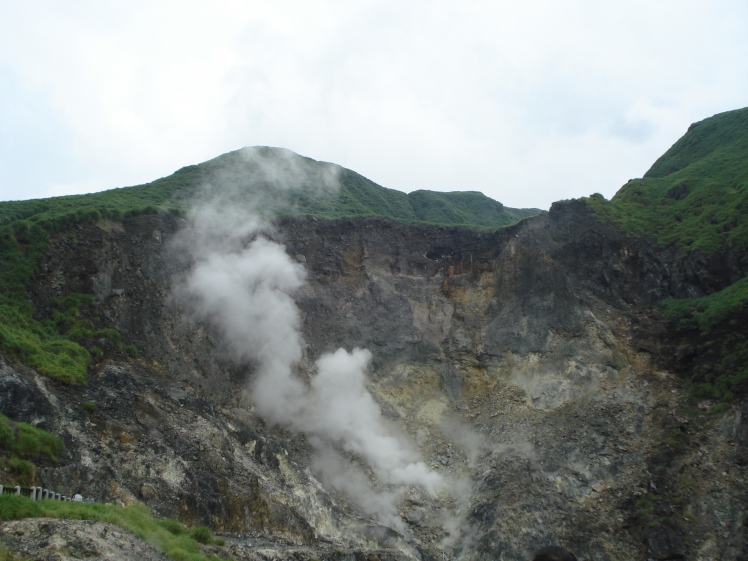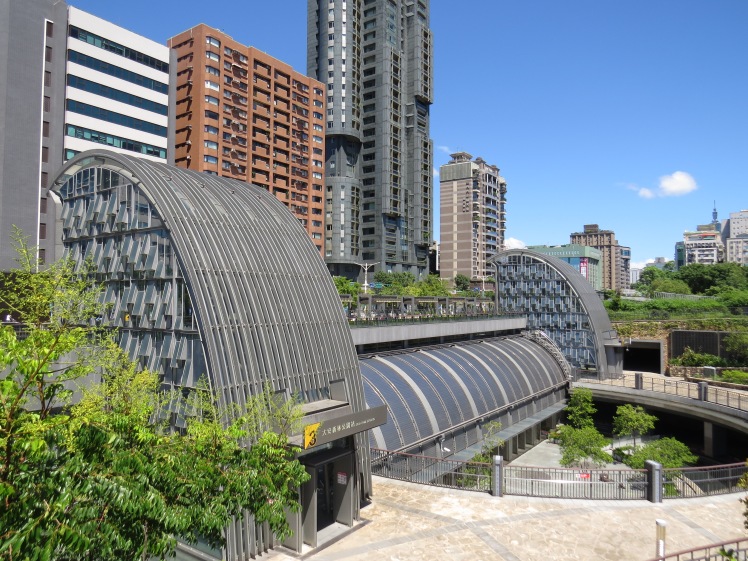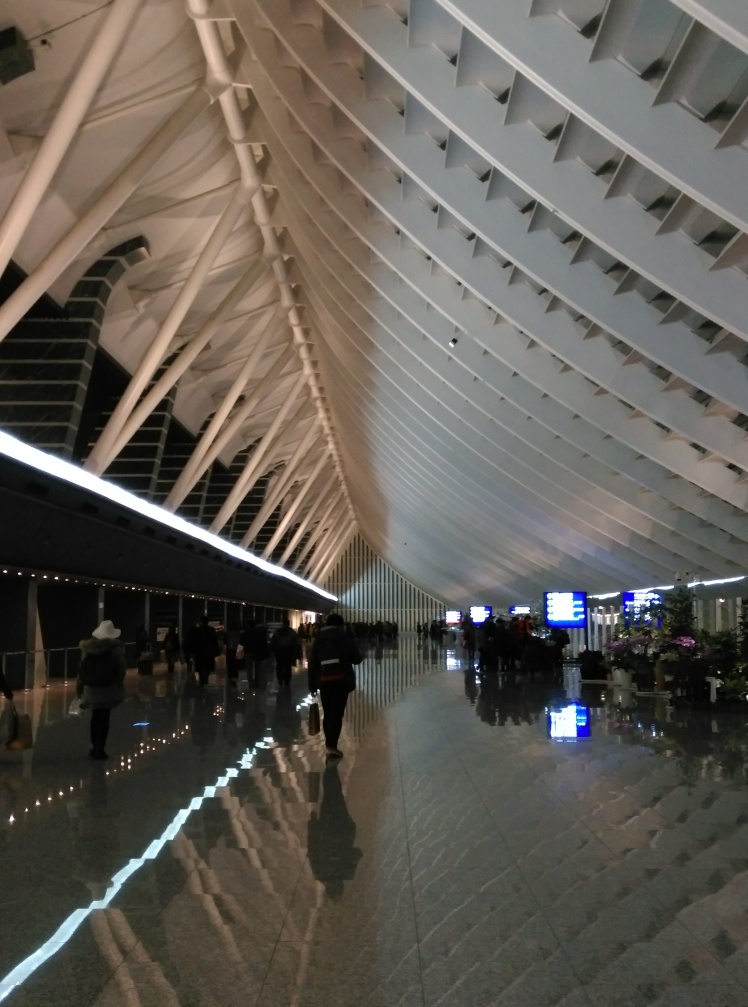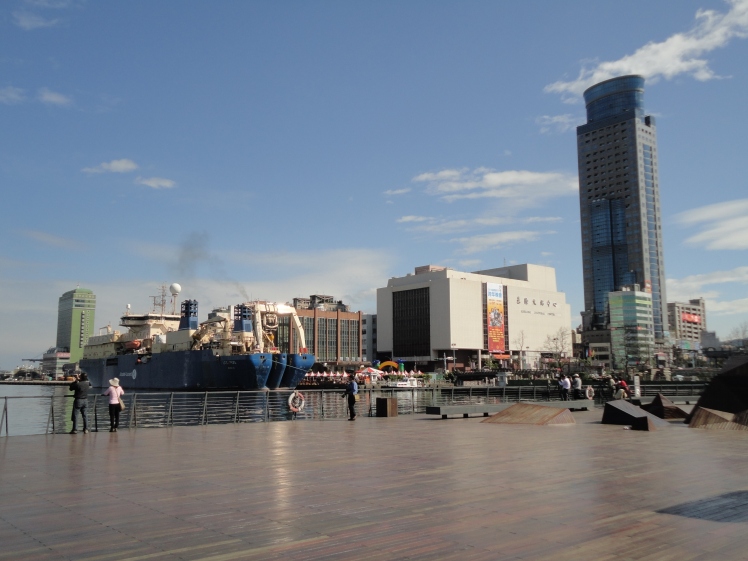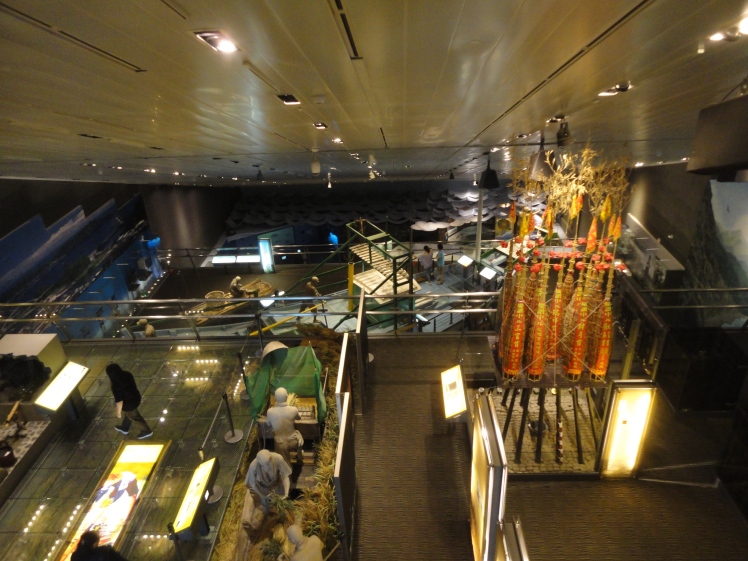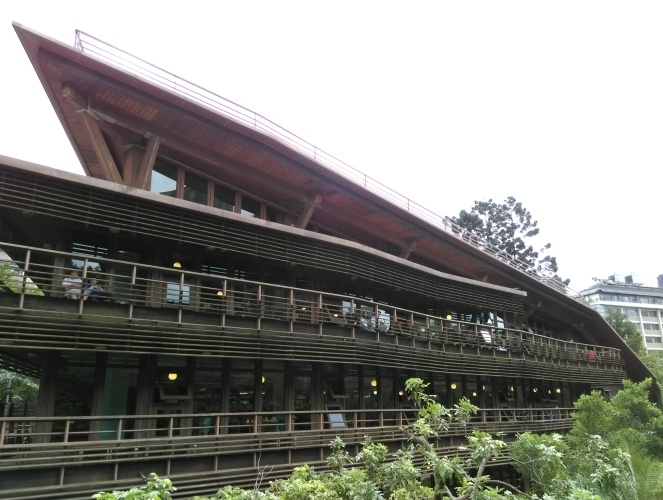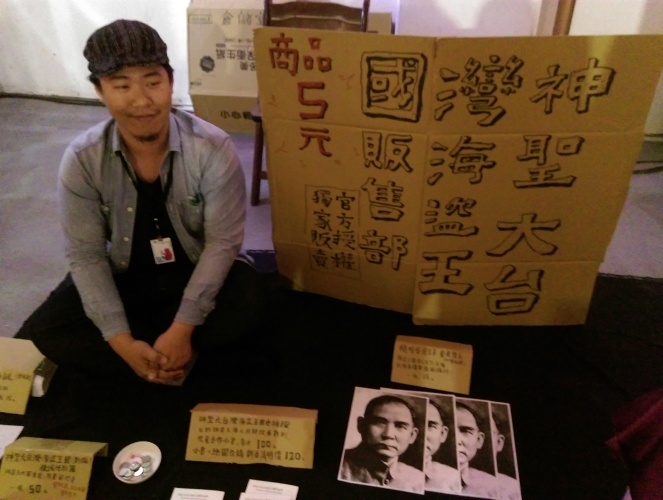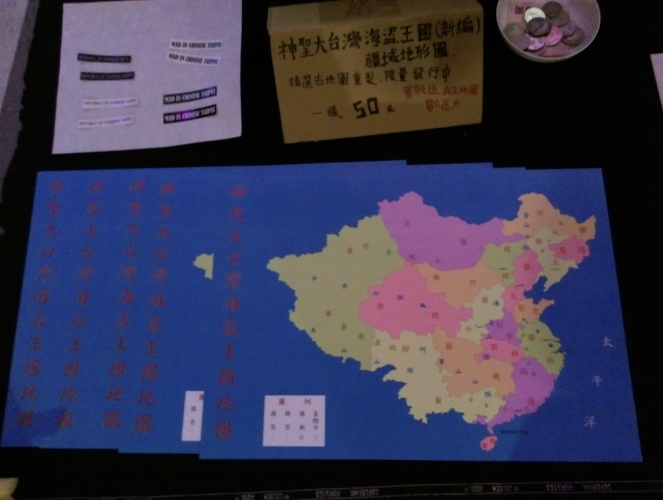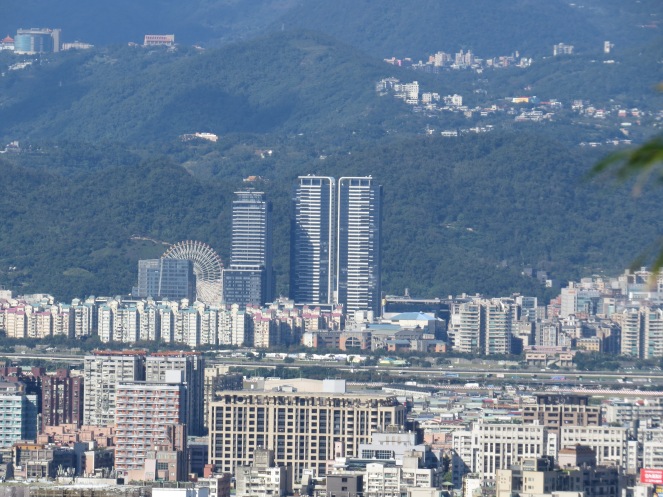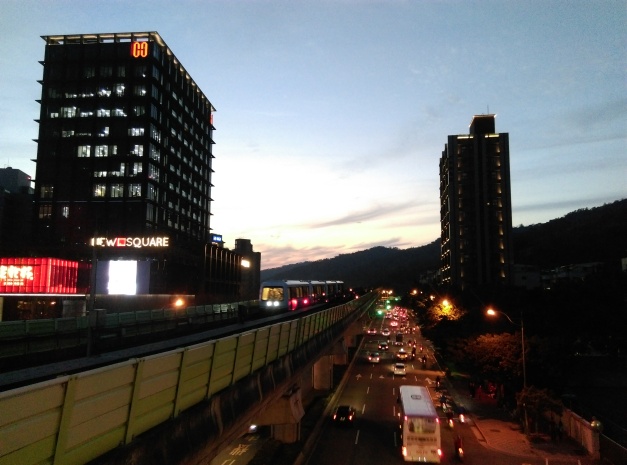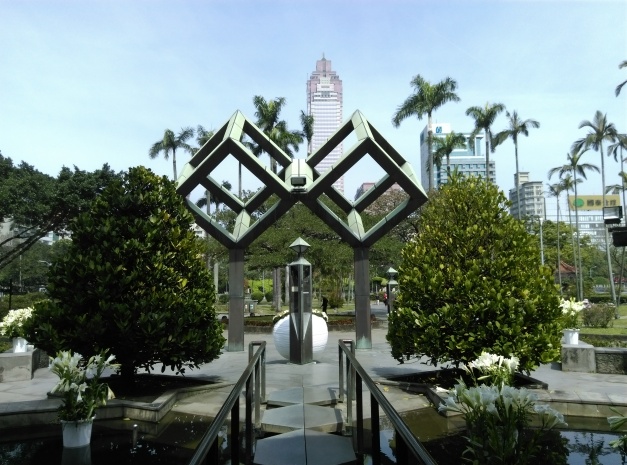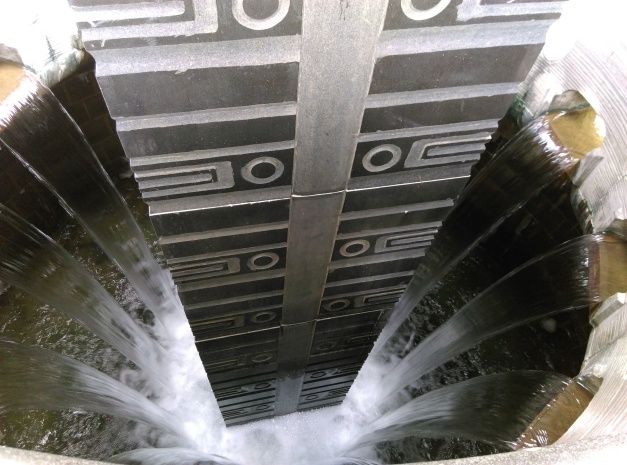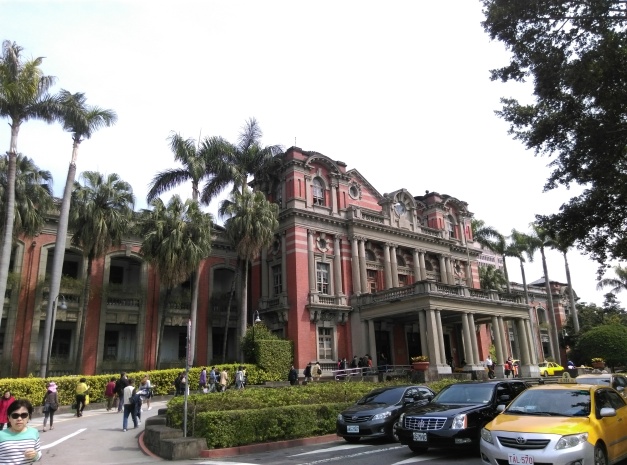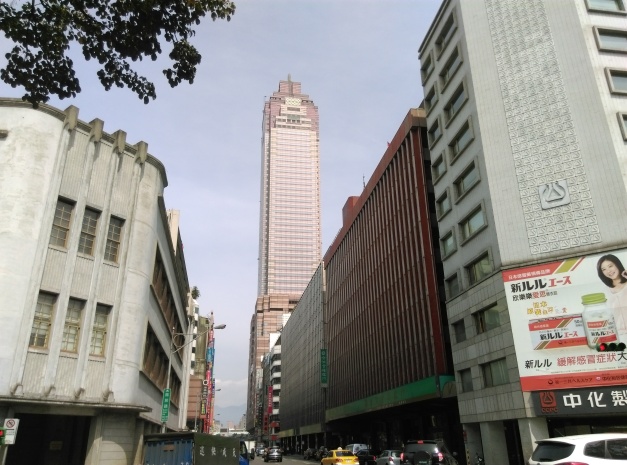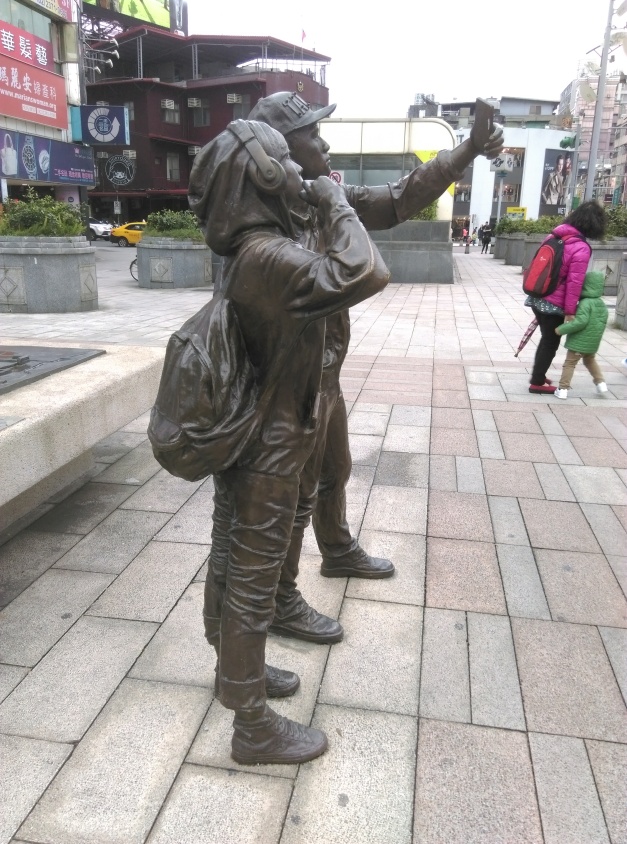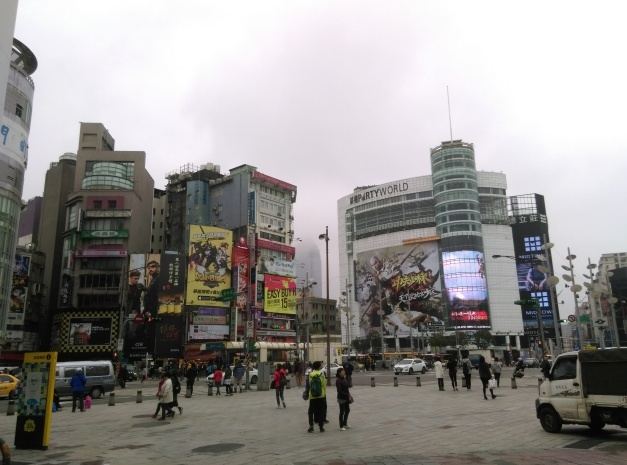Revisiting Tainan, Taiwan’s oldest city
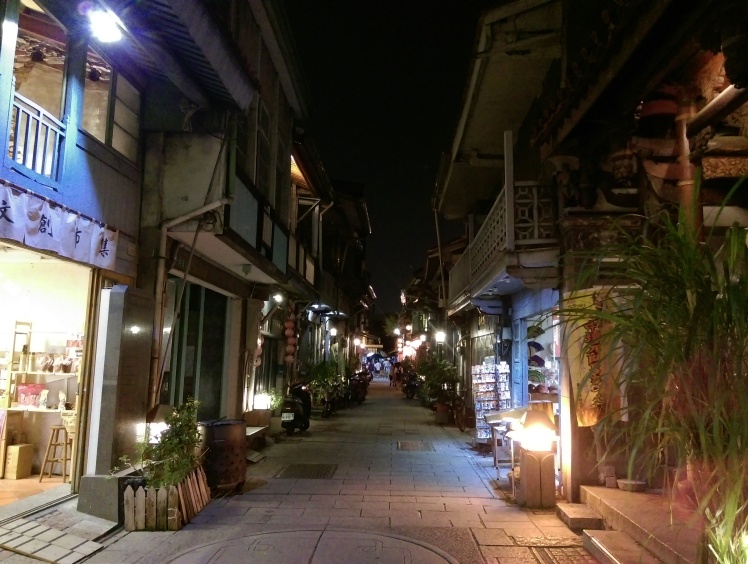
As Taiwan’s oldest city, Tainan is considered the island’s cultural and historical hub. Established by the Dutch in the early 17th century as a fort and trading hub when they colonized southern Taiwan, Tainan has almost 400 years of history.
I first visited Tainan on a daytrip many years ago with family, but in 2018, I went there for a couple of days for both leisure and travel writing research. I enjoyed the city a lot on my first trip (I consider it my favorite Taiwanese city for travel) and I wasn’t disappointed when I returned. Tainan has a lot of historical buildings and a laidback atmosphere replete with alleys featuring small workshops, temples and old homes.
Tainan’s most famous sites are the old Dutch forts of Fort Anping (Zeelandia) and Chihkan Tower (Provintia), the Confucius Temple, and the National Museum of Taiwan History. Tainan also has numerous other historical buildings include Hayashi Department Store (built in 1932), Museum of Taiwan Literature, and the Anping Tree House. The latter is the ruins of a 19th-century warehouse that was overrun with the roots of banyan trees, making for an amazing spectacle with an ancient vibe. Then, there are arts attractions like Blueprint Culture and Creative Park and the Tainan Art Museum.
While Tainan’s most prominent historic sites are the two former Dutch forts, I had visited those on my first visit so when I went back, I went to the Taiwan history museum and several historical places such as Shennong Street, Anping Tree House and Hayashi.
As the city’s best preserved pedestrian street, Shennong Street features an old-time ambiance that takes you back centuries. During the Qing Dynasty period, Shennong Street was the entrance to the city’s major shopping district. Nowadays, it’s a place for travelers rather than traders, though there are several art and craft stores with local artisans selling their hand-made items. At night, the street is lit up with old-style lanterns, so it’s a good place to take a walk in the day or night.
Anping Tree House is a unique building in Tainan’s western coastal area. First, it’s not an actual treehouse but an abandoned warehouse that became covered with and entangled by a banyan tree’s massive roots and branches. Next to the “treehouse” is a museum that used to be the office of Tait and Co, a British trading company that ran the warehouse. It’s rare to come across the British presence in Taiwan, as one associates them more with their former colonies Hong Kong and Singapore.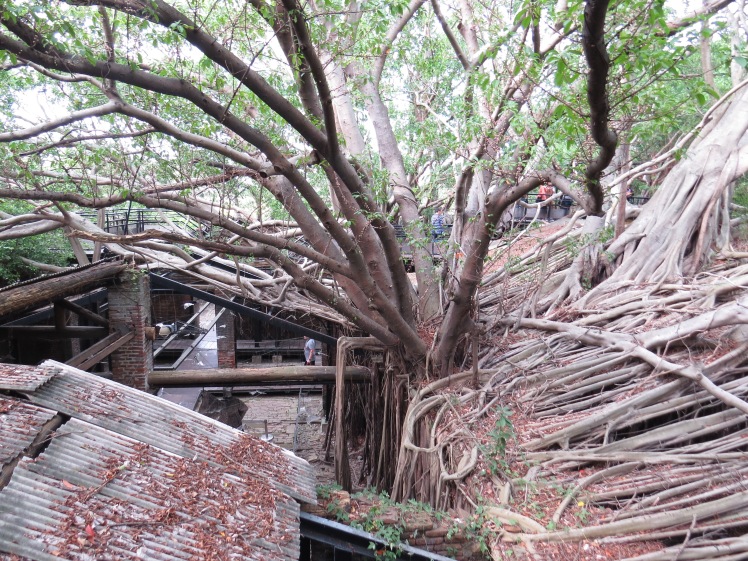
Apparently, Tait was allowed to come to Taiwan in 1865 after British and French victory in the Second Opium War, which forced the Qing to grant more trading concessions to the British and several other Western powers. Tait was forced to leave after the Japanese obtained Taiwan after defeating the Qing (who ruled China during that time) in the Sino-Japanese War in the late 19th century.
The warehouse was then used by the Japan Salt Company. When Japan lost World War II and was forced to cede Taiwan to the Republic of China, the warehouse was then used by a Taiwanese salt company, but they then stopped using it soon after, resulting in the warehouse abandoned for roughly 70 years, during which the banyan tree sprouted and grew all over the building. In the 21st century, the authorities decided to renovate the warehouse into a tourist attraction.
Closer to the center of Tainan, Hayashi is a Japanese department store that was opened in 1932, closed after World War II and the end of the Japanese colonial period, then re-opened in 2014. The elegant five-story building features Taiwan’s first elevator and despite renovations, still maintains the look from when Hayashi was first opened. You can go all the way up to the roof, enjoy a drink at a cafe, and take a look at a little rooftop Japanese shrine and the surrounding streets.
Taiwan has a history of 400 years that includes Dutch colonization, Qing Dynasty rule, Japanese colonization, and a brutal martial law era. All this is covered in the National Museum of Taiwan History, located on the outskirts of Tainan.
Opened in 2011, the museum is fronted by a massive solar wall, made up of over 1,300 solar panels on which the museum’s name is spelled. At the entrance are two large pools bisected by a path that submerges into the ground, which gives you a cool sensation of walking below the water.
The museum’s main exhibitions are on the second floor, covering Taiwan’s various historical eras. There is a large replica wooden ship, as well as replica colonial storefronts, temple and even an old-time classroom. There are exhibits on the democracy struggle during the 20th-century martial era, as well as on Taiwan’s aboriginal people (who have lived in Taiwan for thousands of years). The museum does really well to recreate the past in a vivid and fascinating manner. The only quibble is that there could be a bit more artifacts.
